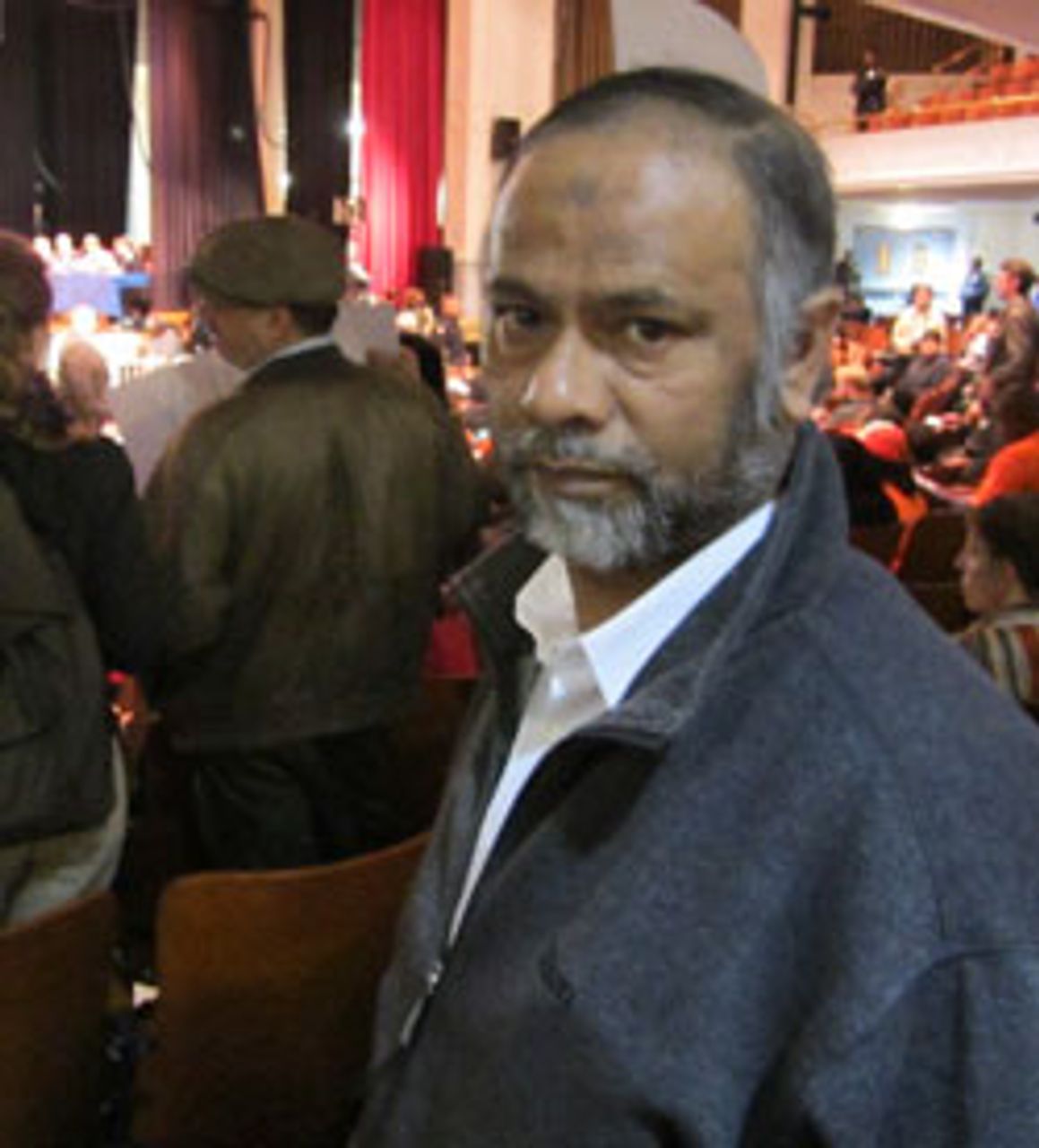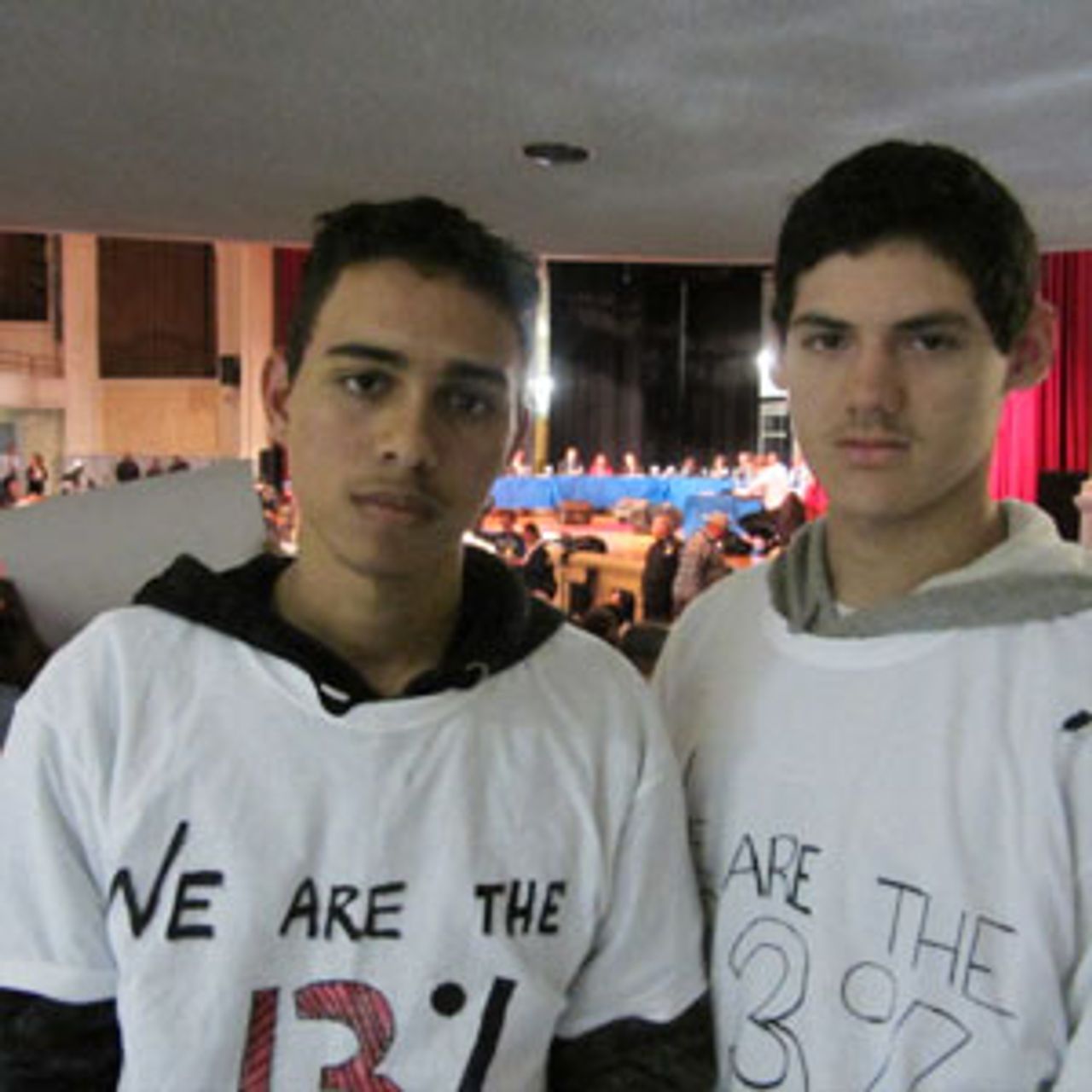New York City’s Panel for Educational Policy (PEP) voted last week to close 24 “turnaround” schools throughout New York City, the largest school district in the United States. The PEP is a panel of the city’s Department of Education, the majority of whose members are appointed by the city’s billionaire mayor, Michael Bloomberg.
Ten schools in the Bronx, seven in Queens, five in Brooklyn and two in Manhattan will reopen under new names in the fall with fewer than half the previous number of teachers. The schools overwhelmingly serve working-class students.
The PEP decided not to shut two other schools originally slated for closure, according to news reports, because of intensive lobbying by City Council members and by the chancellor of the state’s Board of Regents, Merryl Tisch. Tisch is a possible mayoral candidate next year and the wife of multimillionaire James S. Tisch, CEO of the Loews Corporation.
The designation of the schools as “turnaround” will allow the city to qualify for nearly $60 million for these schools under the Obama administration’s Race to the Top school-restructuring program.
Since Bloomberg was elected in 2002, he has closed 140 schools. During the same period, 589 new, smaller schools have opened, including 139 charter schools, which are privately run but publicly funded institutions that utilize public buildings. Teachers in charters are underpaid, and school administrations have wide latitude in implementing longer hours and other onerous working conditions. This fall, the city will open 25 more charters.
To obtain the funds, a turnaround school must rehire less than 50 percent of its former faculty. In the case of the 24 schools, this means that approximately 2,600 career teachers will be put into a pool of substitute staff with no guarantee of working at the same location from day to day or of even knowing where they will go.
Although Bloomberg has refused to commit to a number, his political rivals allege that he plans to close 75 more schools next year.
The PEP voted to shut the schools at a pubic meeting in Brooklyn last Thursday night. Fewer than 300 people attended, reflecting a trend over the last few years in which progressively smaller audiences have assembled as many parents, teachers and students realize that their opinions will have no impact on how the panel will vote.
In spite of the relatively small number in attendance, the police presence was heavy and plainclothes security was stationed at public-access microphones. Police officers were aggressive in telling people to get out of the aisles.
The United Federation of Teachers (UFT) boycotted the meeting and held a separate rally at City Hall to “take our message straight to the puppet master.” While the union was apparently suggesting that such an act would supposedly yield better results, fewer than 100 teachers attended the rally.
The UFT parent organization, the American Federation of Teachers headed by former UFT president Randi Weingarten, endorsed Barack Obama for re-election in February.
The World Socialist Web Site spoke to a number of teachers and students at the Thursday PEP meeting and raised political issues that confront the working class in New York City and around the world.
Mary is a history teacher with 22 years’ experience from a high school in Brooklyn. She was hesitant to further identify herself because she “realizes that Bloomberg can be retaliatory.” She told the WSWS: “I am here to support the schools on the list, although mine was taken off. There will be schools on the list next year and every year after. It is a policy for 10 years, and the schools are still failing. Obviously, you need a new strategy. They have not fixed problems that existed and have created new ones. It is eventually to privatize the school system.”
 Syed M. Habib
Syed M. HabibSyed M. Habib came to New York from Bangladesh two years ago and is the guardian of 12th grader Jonathan, attending John Adams High School, which will now be phased out.
“I am here to support the fight against closing this school because it is the main base of education,” he said. “All the teachers in John Adams are very hard working and give inspiration. They want to say the school is no good and the teachers are not attentive. But by closing schools, Bloomberg is trying to open charter schools, which will be even more expensive.
“Many guardians and parents are low-income and will not be able to send their son or daughter to those schools.”
We asked Syed about the role of the Democrats in privatizing education and the need for a new political party to fight in the interests of the working class. “Obama’s policies are not good on every side,” he said, “health care and so on. But I do not think a new party will work because the rich will always go back on top.
 Xsavier Daniels and Jesse Aponte
Xsavier Daniels and Jesse AponteXsavier Daniels from Lehman High School in the Bronx said, “In Lehman High School we have a program called LabSim that teaches you to become a technician. Now, the price of the program is going up and Lehman can’t afford it.”
Xsavier described how a student walkout in protest of the turnaround of Lehman developed: “The original walkout that [we] planned was a citywide student walkout meeting up at Union Square. We went with about 12 students from Lehman. We used the momentum to stage another walkout with greater numbers. When they had another hearing about the co-location of a school into our building and then the turnaround. We filled up the entire auditorium, a significant achievement. What we need is for the teachers to take a risk, because in revolution, if no risks are taken, then no significant change can occur.”
Receive news updates and information on the fight against the unsafe reopening of schools.
